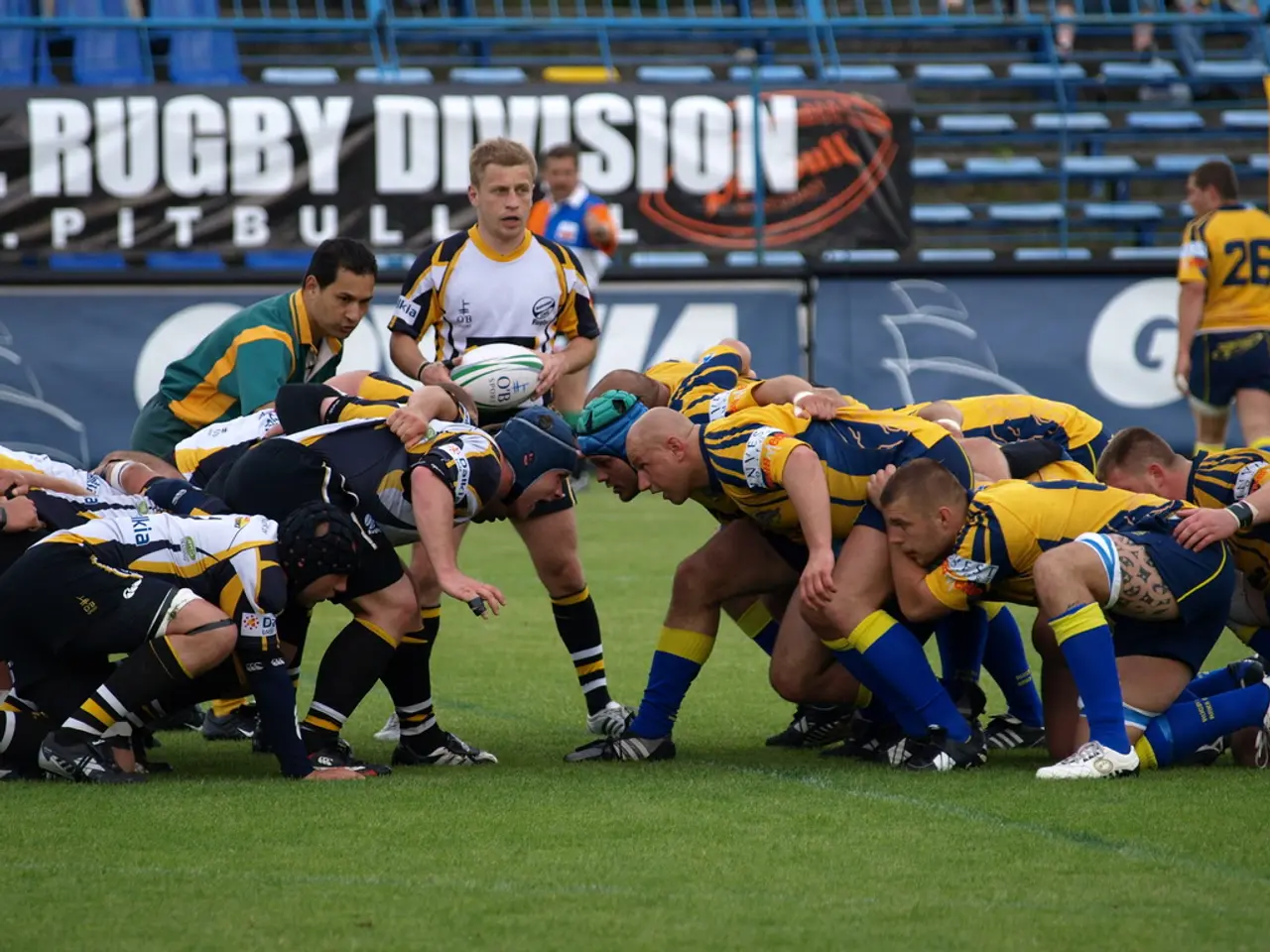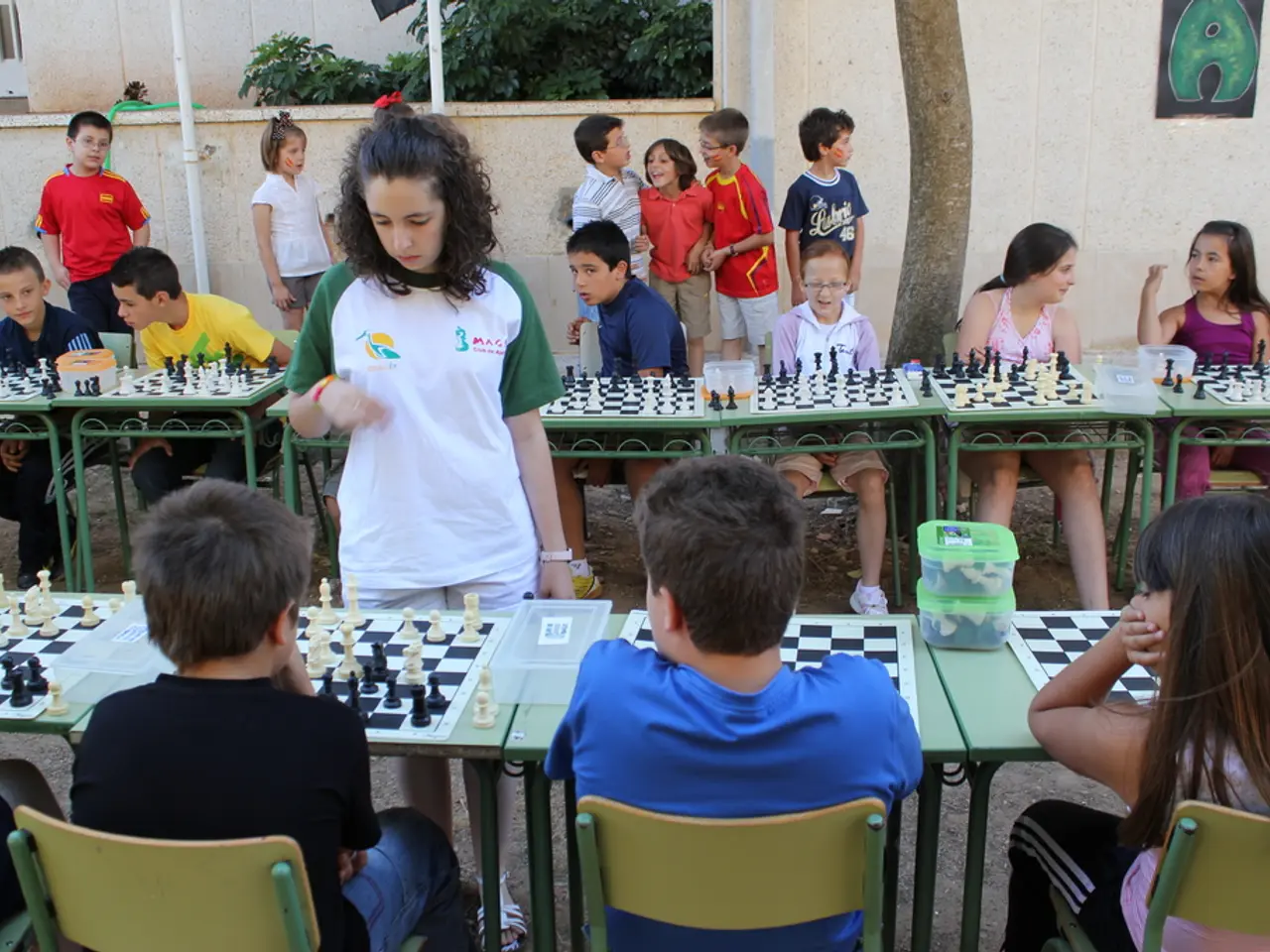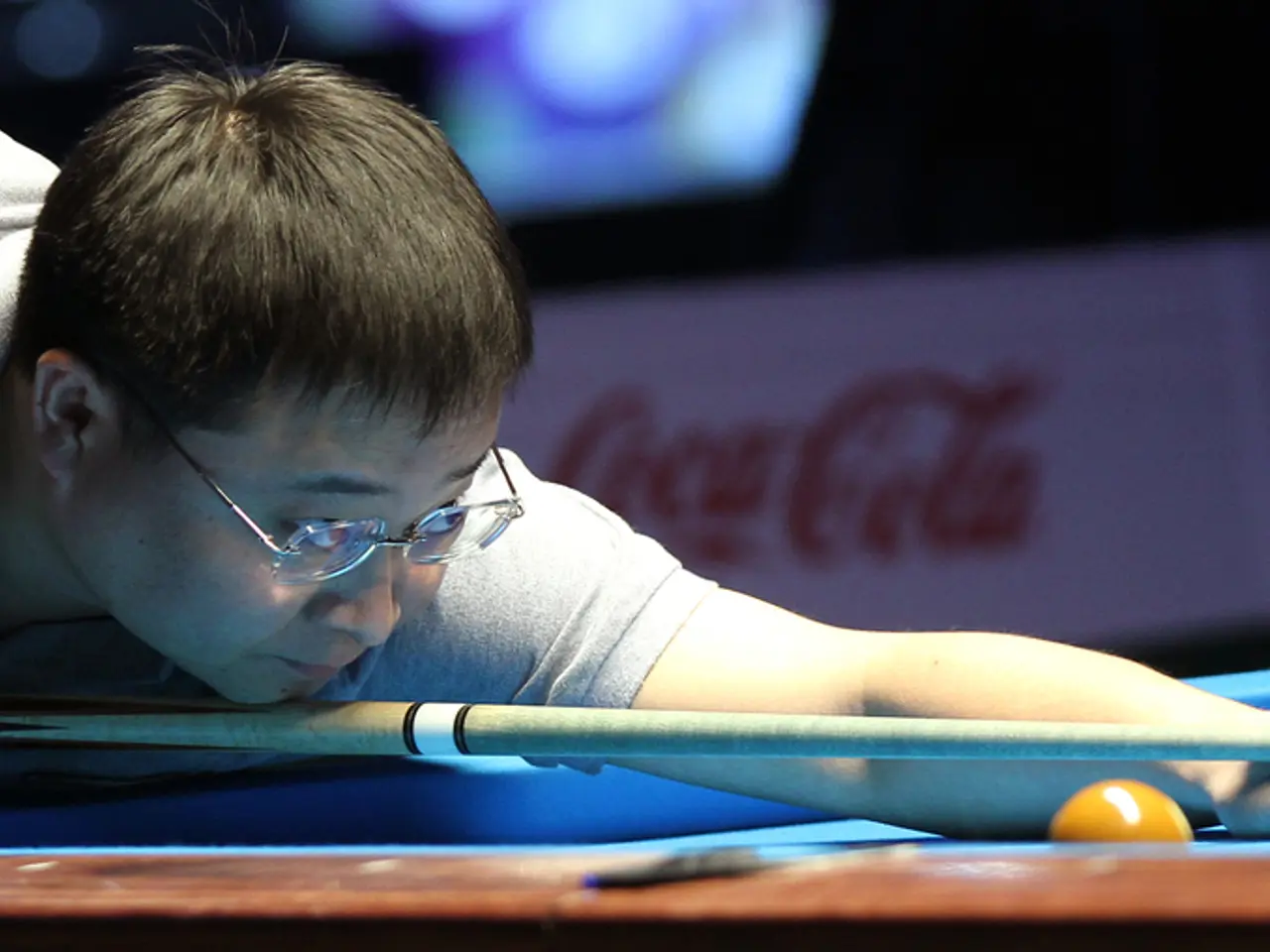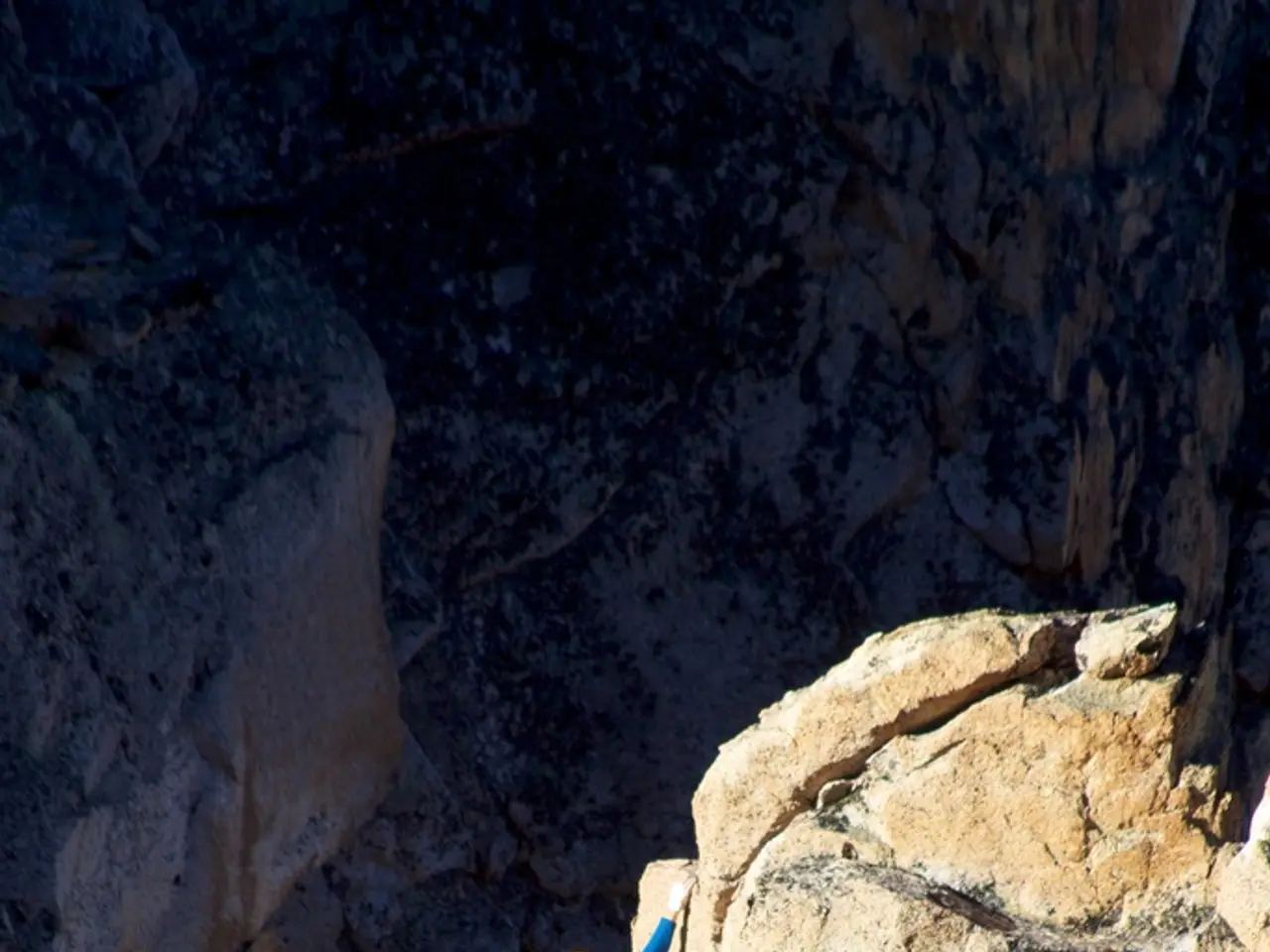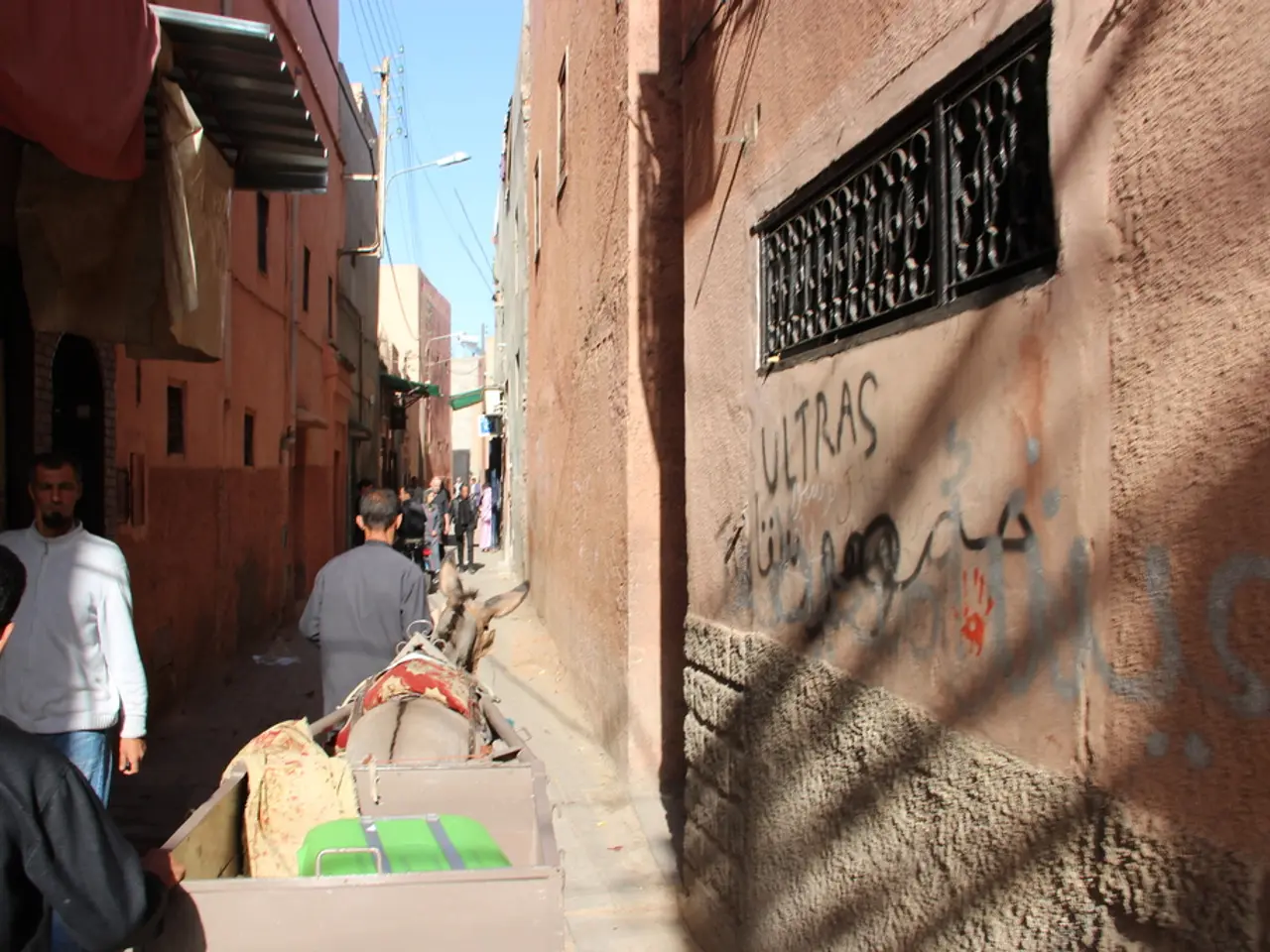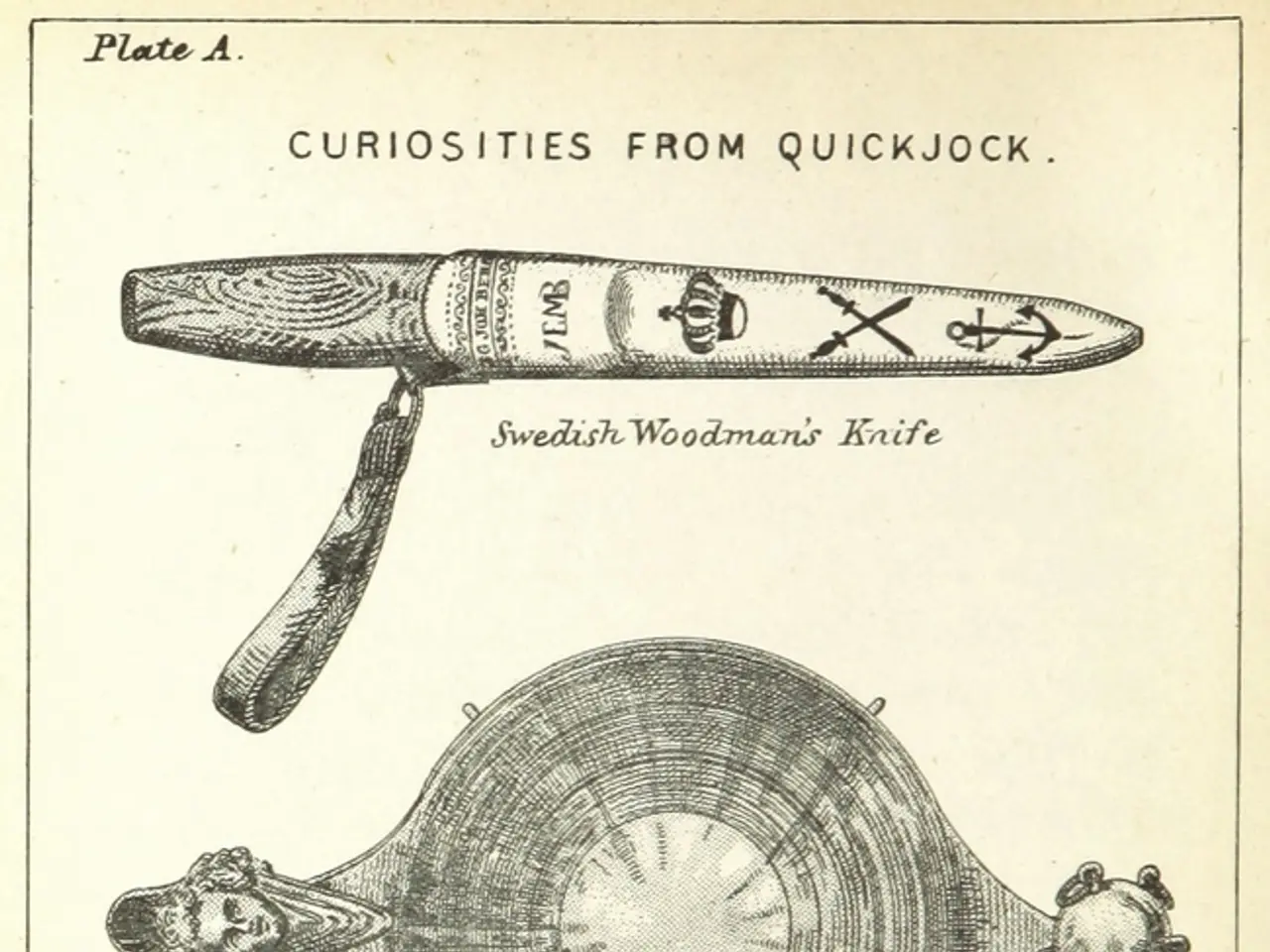Indigenous Australian Participation in Rugby League Sports
Rugby League, a cherished part of Australian sports culture, has a long-standing history of offering opportunities to Aboriginal and Torres Strait Islander peoples. Iconic figures like Lionel Morgan and Arthur Beetson paved the way, breaking barriers and setting leadership examples [5]. Today, Indigenous players and programs continue to inspire a new generation, promoting cultural identity.
One such initiative is the First Nations Opportunity Program, which nurtures Indigenous talent holistically, supporting not only athletic development but also cultural respect and personal growth [1]. This program, along with others, reflects a commitment to empowering Indigenous communities and educating the nation about Indigenous heritage.
Indigenous rounds and celebrations in competitions like the Queensland Rugby League acknowledge and honour Indigenous culture and heritage. Specially designed jerseys, Welcome to Country ceremonies, and community involvement are common features of these events, contributing to a broader recognition of Indigenous contributions to the sport and upholding cultural protocols [3][5].
The presence of Indigenous athletes in Rugby League extends beyond the field, serving as role models who break barriers and advocate for programs supporting Indigenous youth. Their achievements raise awareness of Indigenous issues, encouraging younger generations to pursue sports [6].
Moreover, Indigenous representation fosters community engagement and reconciliation by bringing Indigenous and non-Indigenous players together, creating shared cultural experiences and mutual respect within the sport’s environment [2]. This sense of pride and unity helps overcome social disadvantages faced by Indigenous Australians, as sport acts as a powerful platform for positive social outcomes and closing the gap in health, education, and employment [4].
The National Rugby League (NRL) collaborates with Indigenous communities to foster positive relationships and engage young people in sports. Special events featuring Indigenous artists could attract wider audiences, bringing Indigenous narratives to light [7]. Programs that educate about history and culture could expand in scope, promoting respect and acknowledgment of Indigenous contributions [8].
As of recent seasons, about 12-15% of players in the NRL identify as Indigenous, reflecting a significant contribution to the sport [9]. This representation significantly enhances the sport’s cultural significance in Australia, fostering cultural pride, driving reconciliation, empowering Indigenous communities, and educating the nation about Indigenous heritage.
In conclusion, Rugby League is more than just a sport in Australia; it is a significant part of the cultural fabric, reflecting community pride and identity. As the pinnacle of professional Rugby League in Australia, the NRL actively acknowledges the contributions of Indigenous culture, paving the way for deeper integration and evolution [10]. Through collaborative efforts, there is great potential for Rugby League to continue fostering cultural pride, driving reconciliation, and promoting social inclusion.
- Despite Rugby League being renowned in Australian sports culture, football, another cherished sport, could also benefit from similar initiatives that nurture Indigenous talent, support cultural respect, and promote personal growth.
- As 12-15% of players in the NRL identify as Indigenous, it would be fascinating to see the impact of similar representation in football, enhancing the sport's cultural significance, fostering reconciliation, and promoting social inclusion.
